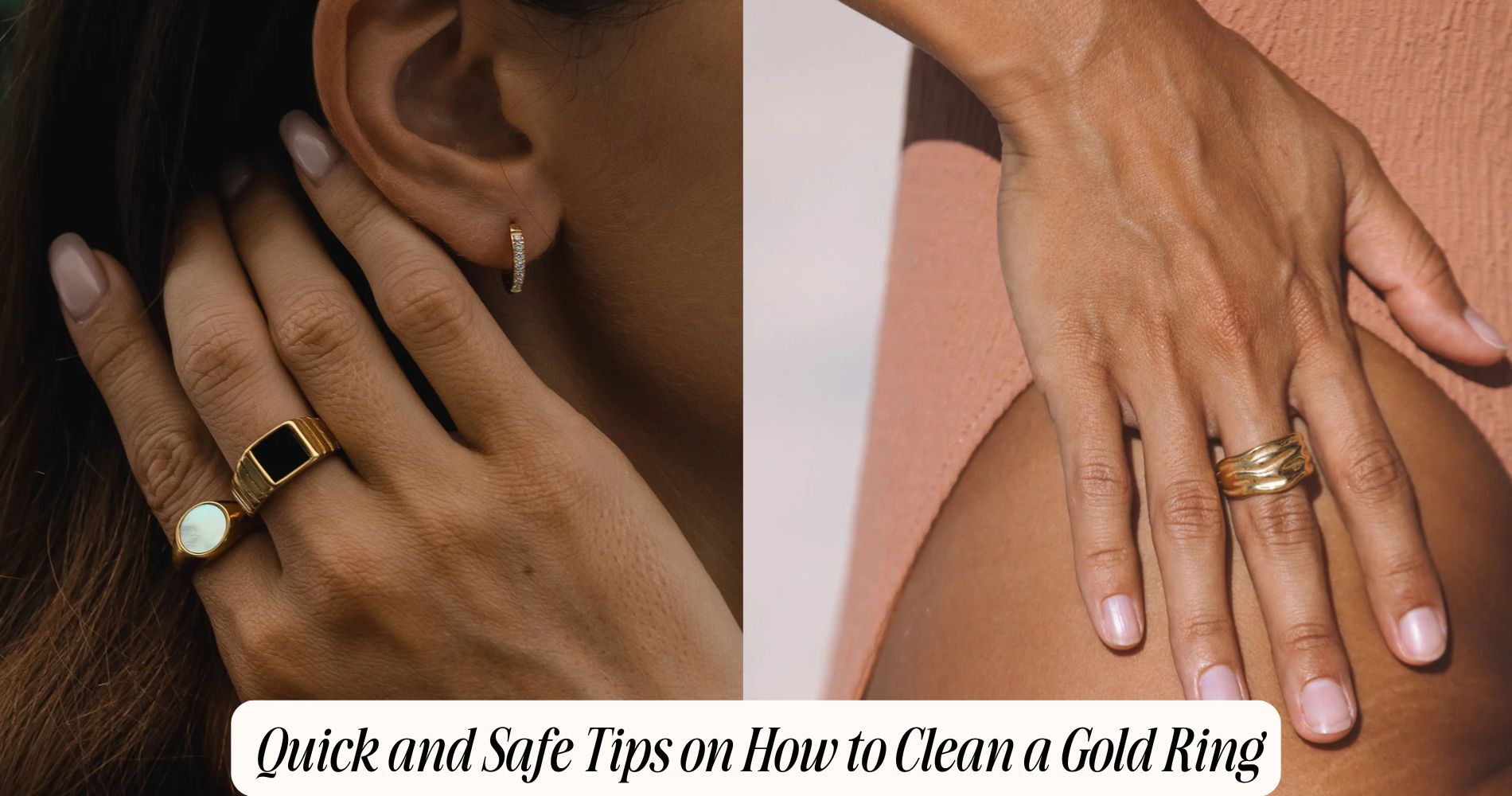
Quick and Safe Tips on How to Clean a Gold Ring
If you’re wondering how to clean a gold ring, start with something gentle and effective—warm water and dye-free dish soap. Soak the ring for 10–15 minutes, then use a soft brush to carefully clean around the crevices before rinsing with lukewarm water and drying with a lint-free microfiber cloth. For pieces like those in our Chunky Gold Ring collection, avoid harsh chemicals, abrasives, ultrasonic cleaners, and chlorinated pools. If your ring includes gemstones, limit soaking to under two minutes and stop immediately if the setting feels loose. With weekly cleanings and a professional check every 6–12 months, you’ll help your gold stay beautiful longer.
What to Avoid When Cleaning Gold
Although gold is durable, you can damage it quickly if you use the wrong methods. Avoid harsh chemicals such as bleach, chlorine, ammonia-heavy cleaners, and peroxide; they can etch alloys, pit surfaces, and weaken solder joints.
Don’t use abrasive materials like scouring pads, paper towels, baking soda pastes, or toothpaste—these scratch finishes, dull polish, and create micro-abrasions that trap dirt.
Protect porous or sensitive gemstones set in your ring; thermal shock and aggressive agents can fracture or discolor them.
Keep ultrasonic machines away from fragile settings, tension mounts, or pieces with loose prongs; vibration can propagate microcracks and dislodge stones.
Limit exposure to hot tubs and pools; chlorinated water accelerates stress corrosion.
Use only non-reactive containers; aluminum and low-grade metals can leach contaminants.
Simple At-Home Cleaning Method
Two basic supplies—warm water and a mild, dye‑free dish soap—safely clean most solid gold rings at home.
Mix a few drops of soap into a small bowl of warm (not hot) water. Submerge the ring for 10–15 minutes to loosen oils and particulates. Using a soft, nonabrasive brush, gently scrub the metal, focusing on crevices. Rinse under lukewarm running water and immediately pat dry with a lint‑free microfiber cloth.
If residue persists, repeat once. For simple solutions made with natural ingredients, create a paste of baking soda and water (1:1), apply with light pressure, then rinse thoroughly. Avoid abrasive pads.
To reduce water spots, finish with a brief, cool blow‑dry. Store the ring dry, separately, to prevent contact scratches and re‑soiling.
Special Care for Gemstones and Settings
The general method works for plain bands, but gemstone rings demand stricter controls to protect stones and settings.
Identify the stone: diamonds and sapphires tolerate mild dish soap; opals, pearls, emeralds, and turquoise require only lukewarm water and a barely damp, lint-free cloth. Avoid ultrasonic or steam cleaners for porous, fracture-filled, or oil-treated stones.
For gemstone care, limit soak time to under two minutes. Use a soft brush, angling strokes away from prongs and bezels to prevent snagging. Rinse with low-pressure water through a fine-mesh strainer. Pat dry; don’t rub.
For setting maintenance, inspect prongs, channels, and bezels under bright light. If you see gaps, movement, or snagging, suspend cleaning steps that apply force.
Never use abrasives, alcohol, acetone, or ammonia on sensitive stones.
How Often to Clean and When to See a Jeweler
Aim for a gentle clean every 1–2 weeks if you wear the ring daily, and schedule a deeper at‑home clean monthly. Adjust cleaning frequency based on exposure to lotions, sweat, chlorinated water, or abrasive dust; higher exposure warrants more frequent maintenance.
Use mild solutions and soft tools to avoid micro‑abrasion that dulls polish over time.
Book professional inspections every 6–12 months, sooner if you notice snagging, a change in ring fit, or audible rattling. A jeweler will verify prong tension, check for thinning shanks, measure stone security, and assess solder joints under magnification.
Seek immediate service after impacts, visible bending, or sudden discoloration. Don’t delay if stones appear misaligned or if you see gaps around settings—these are failure precursors that require corrective tightening or repair.
Daily Habits to Keep Gold Shining
Even between cleanings, you can preserve luster by controlling contact, residue, and abrasion each day.
Remove your ring before applying lotions, sunscreen, perfume, or hand sanitizer; these leave films that dull reflectivity. Avoid chlorinated pools and hot tubs to prevent alloy degradation.
After wear, rinse with lukewarm water and blot dry with a lint‑free microfiber cloth to limit particulate scratching.
Use gentle polishing techniques: once daily, buff lightly in one direction with a clean microfiber, avoiding circular pressure that traps grit.
Don’t use tissues or paper towels; their fibers abrade soft gold.
Establish disciplined storage solutions: place the ring in a fabric‑lined compartment or a soft pouch, separated from harder gemstones and metals.
During chores, wear nitrile gloves or remove the ring to prevent mechanical wear.
Frequently Asked Questions
How Do I Identify if My Ring Is Solid Gold or Gold-Plated?
Check gold authenticity via hallmark stamps (10K–24K). Use testing methods: magnet test (nonmagnetic), density measurement (~19.3 g/cm³ for pure), acid scratch test, and XRF analysis. Inspect wear spots; plating shows base metal. Consult a jeweler.
Can Ultrasonic Cleaners Damage Certain Gold Ring Designs?
Yes. Ultrasonic cleaning can damage delicate gold ring designs. You risk loosening prongs, micro-fracturing gemstones, dislodging pavé, and eroding solder joints. Avoid on soft or treated stones, enamel, antique settings, hollow pieces; inspect mounts and consult a jeweler.
What Karat Gold Holds up Best to Daily Wear?
18k and 14k gold hold up best for daily wear; 14k maximizes gold durability, resisting scratches and deformation, while 18k balances luster with strength. You should avoid 22k–24k for daily wear; they’re softer, prone to abrasion.
How Do I Check for Loose Prongs or Worn Settings at Home?
Perform prong inspection under bright light with 10x loupe; look for gaps, asymmetry, lifted tips. Gently tap near your ear; listen for rattle indicating poor setting stability. Lightly press each prong with a toothpick; any flex suggests professional tightening.
Are Professional Rhodium Plating or Polishing Services Advisable?
Yes. You should use professional services for polishing and rhodium plating. Rhodium benefits include enhanced brightness, scratch resistance, and hypoallergenic protection. Professionals measure thickness, prep surfaces, and control baths, ensuring uniform coverage, minimal metal loss, and longer-lasting, repeatable results.
Conclusion
You’ve got the essentials to clean gold safely and efficiently. Avoid abrasives, harsh chemicals, and ultrasonic risks with delicate settings. Use a mild detergent, warm water, and a soft brush, rinsing and drying thoroughly. Treat gemstones per their hardness and mounting; inspect prongs and clasps routinely. Clean monthly, or sooner for heavy wear, and see a jeweler for deep buildup, loose stones, or scratches. Store pieces separately, remove during impact or chemical exposure, and wipe after each wear to preserve luster.






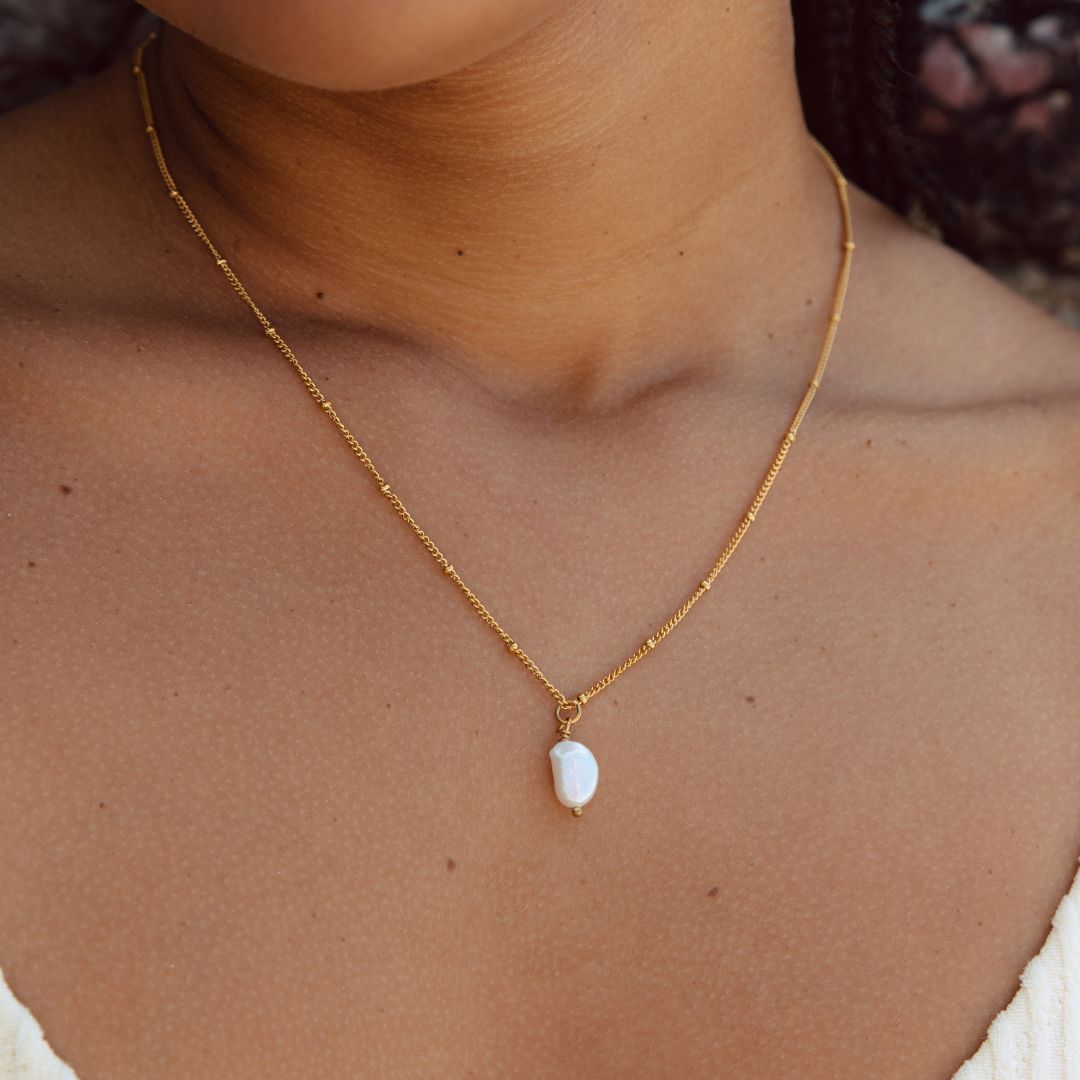

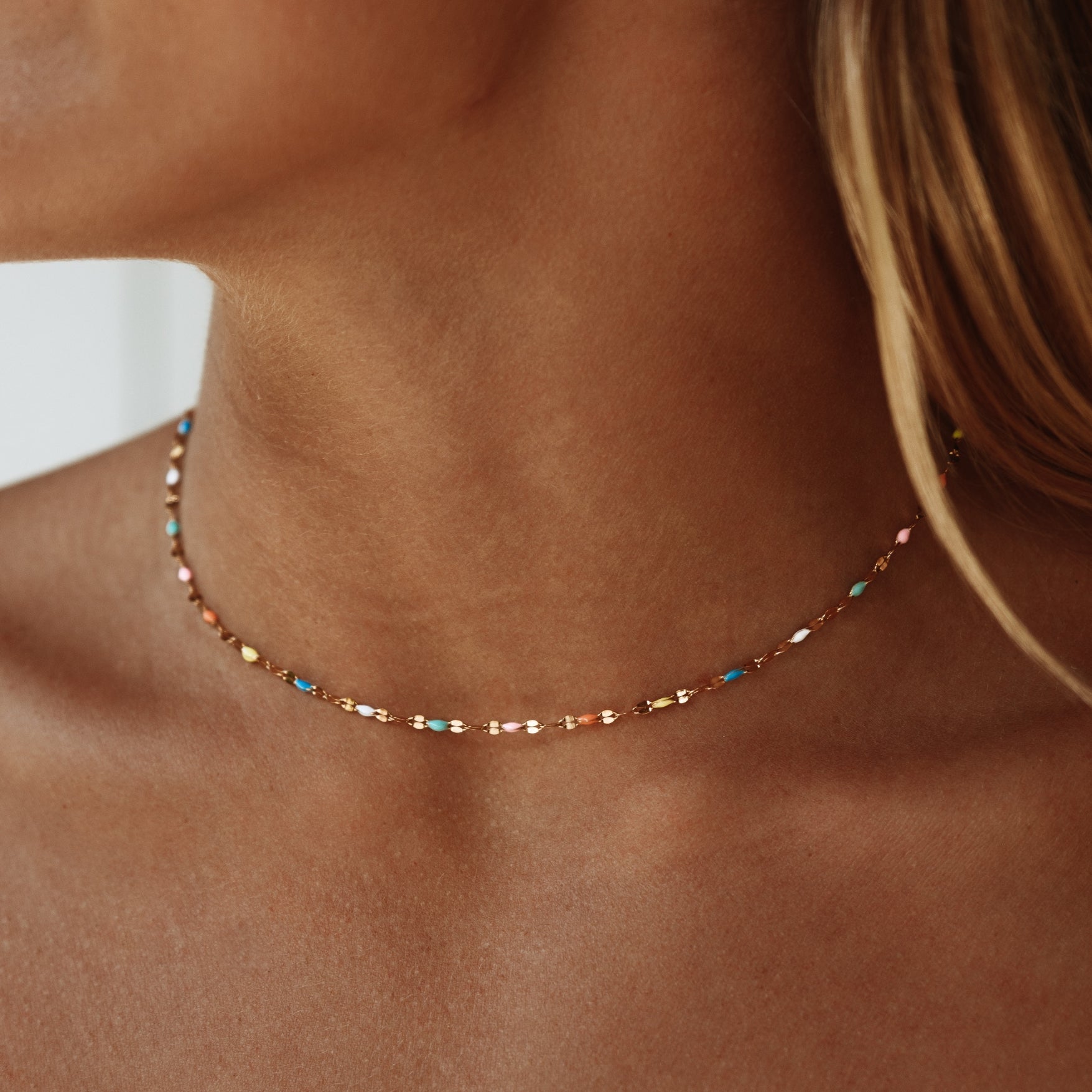
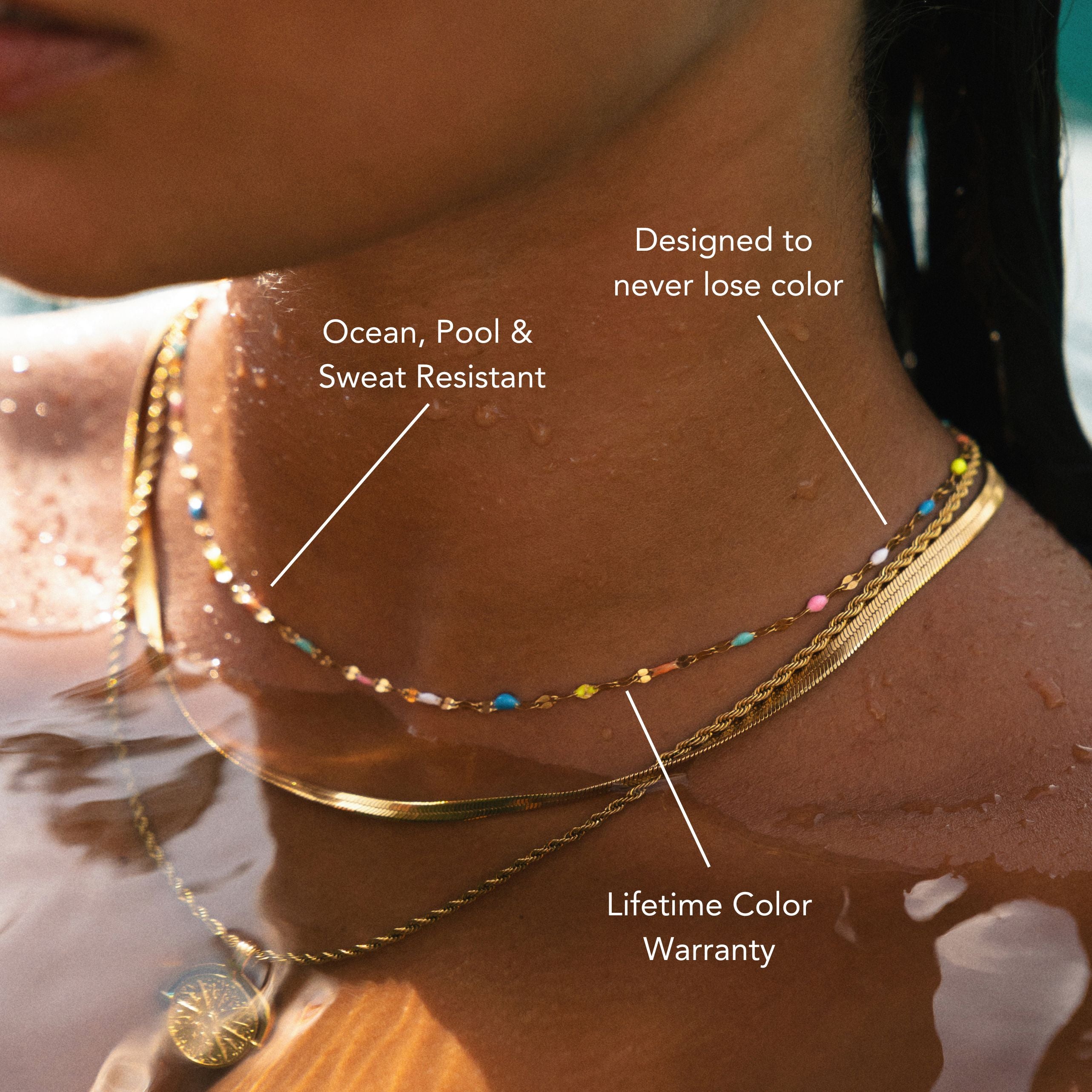
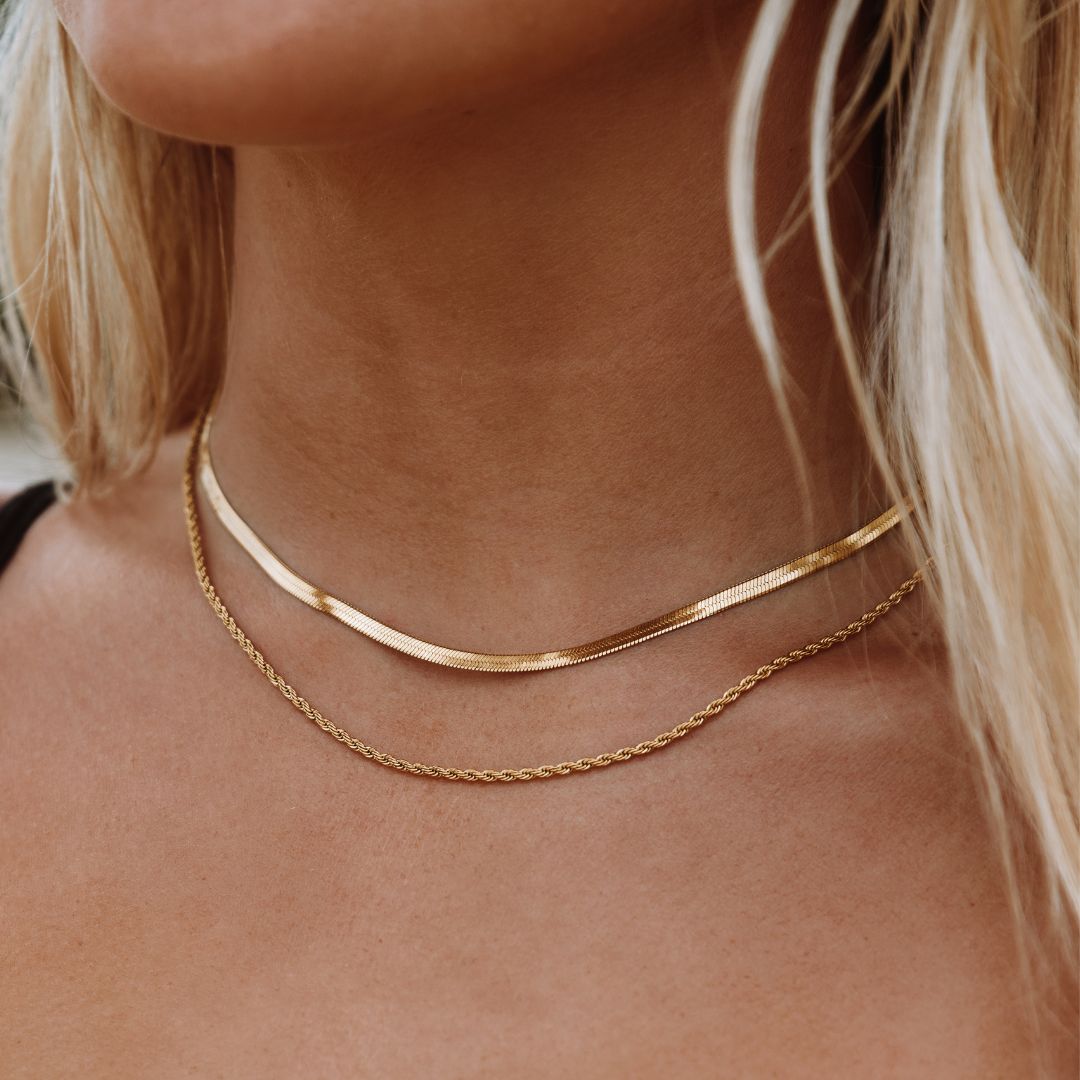
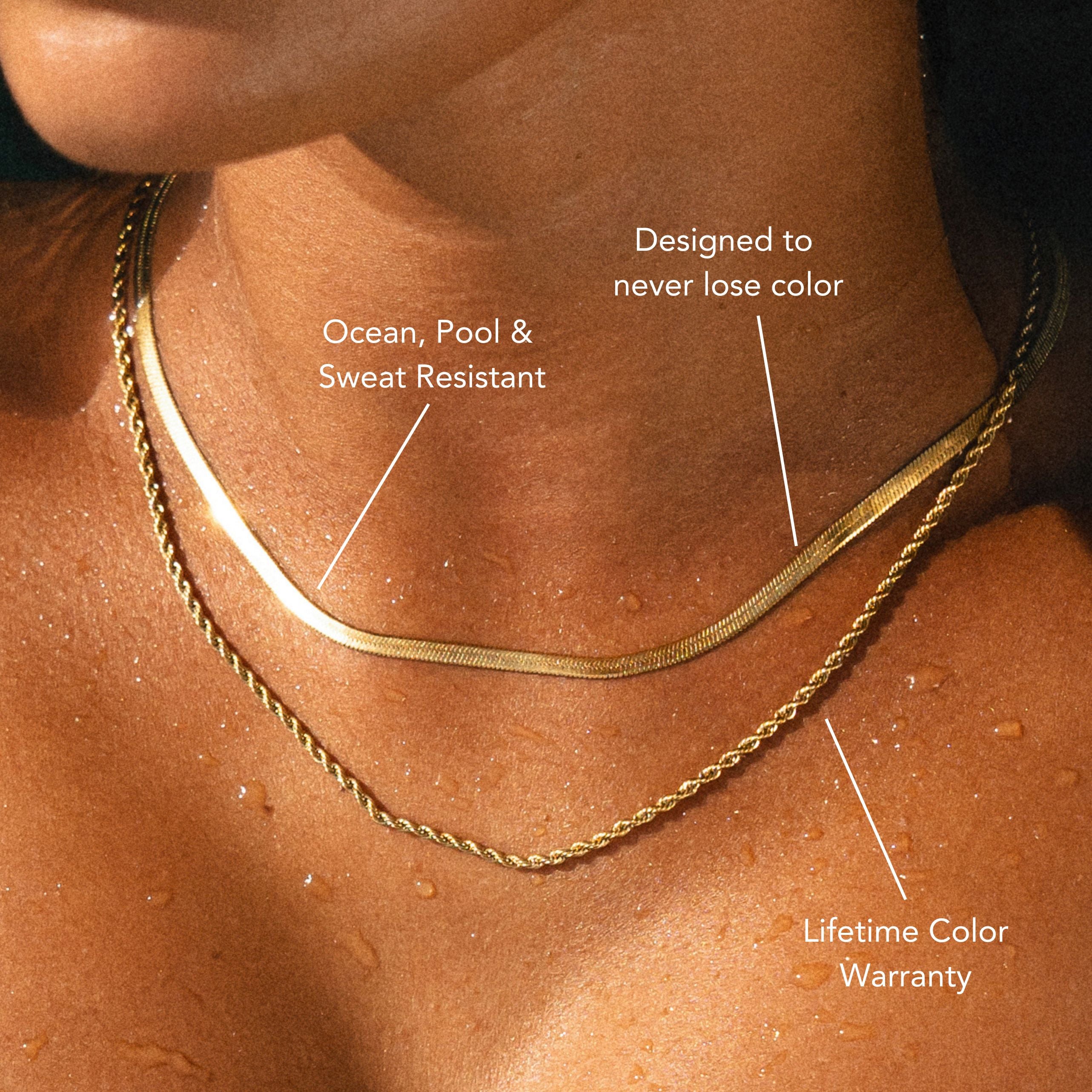
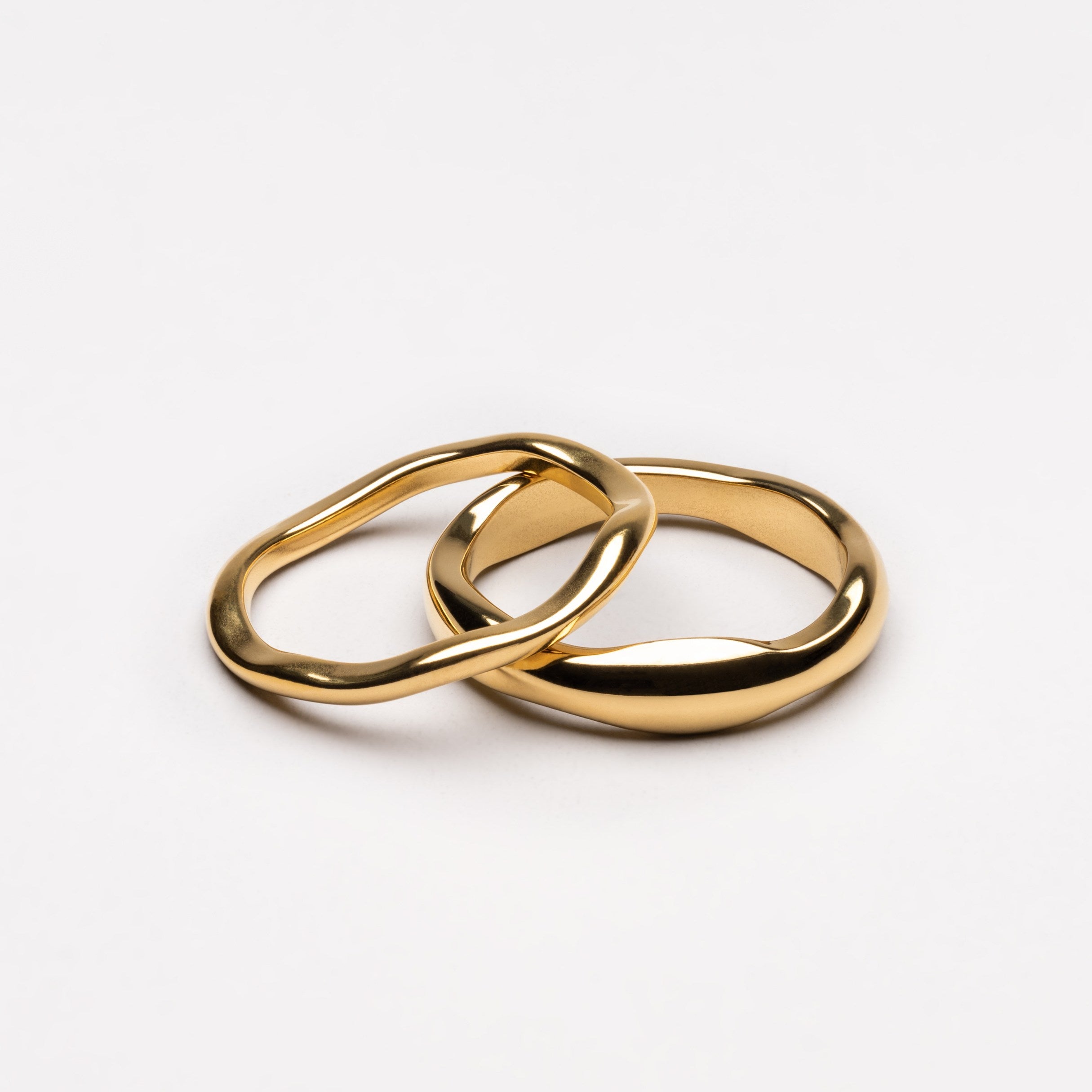

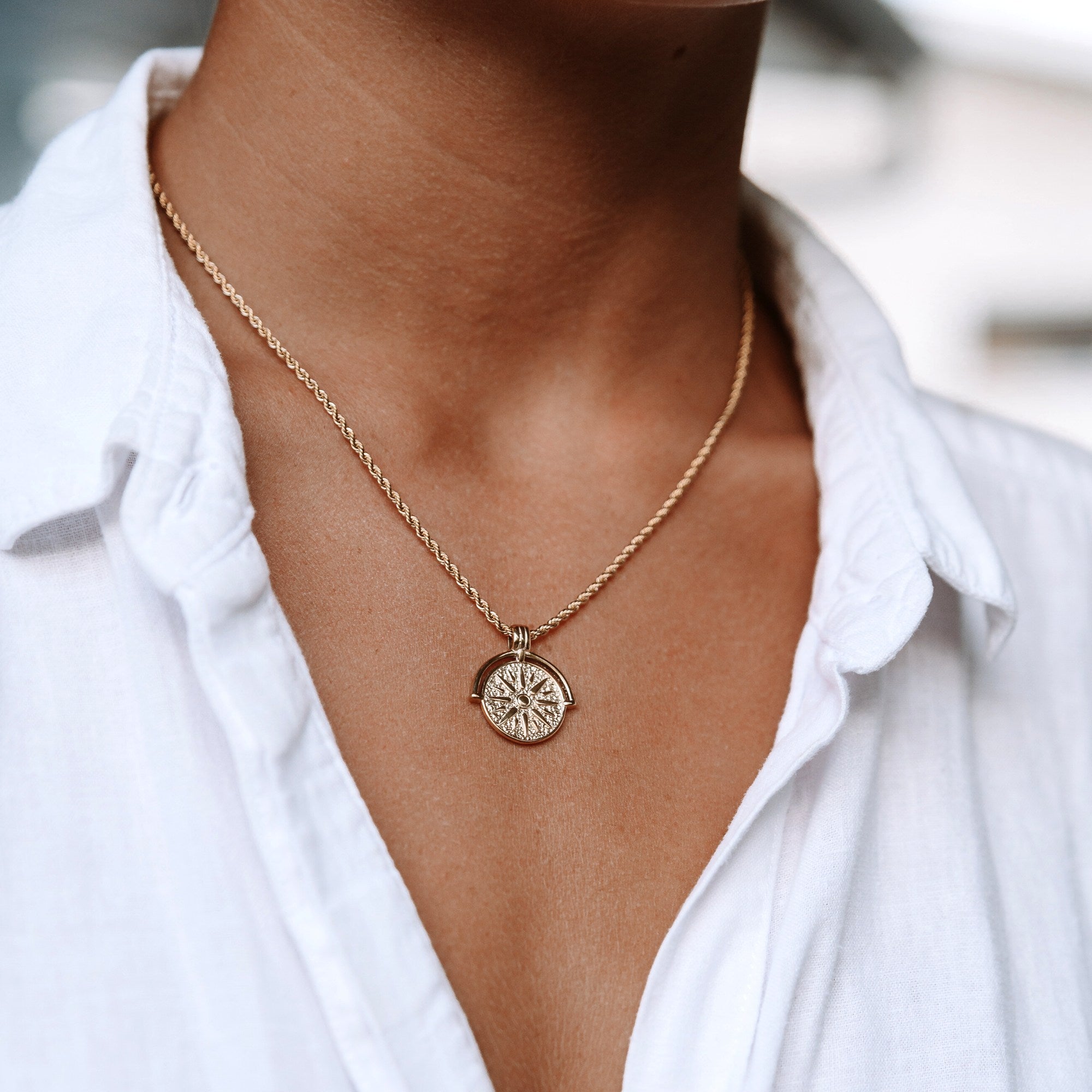
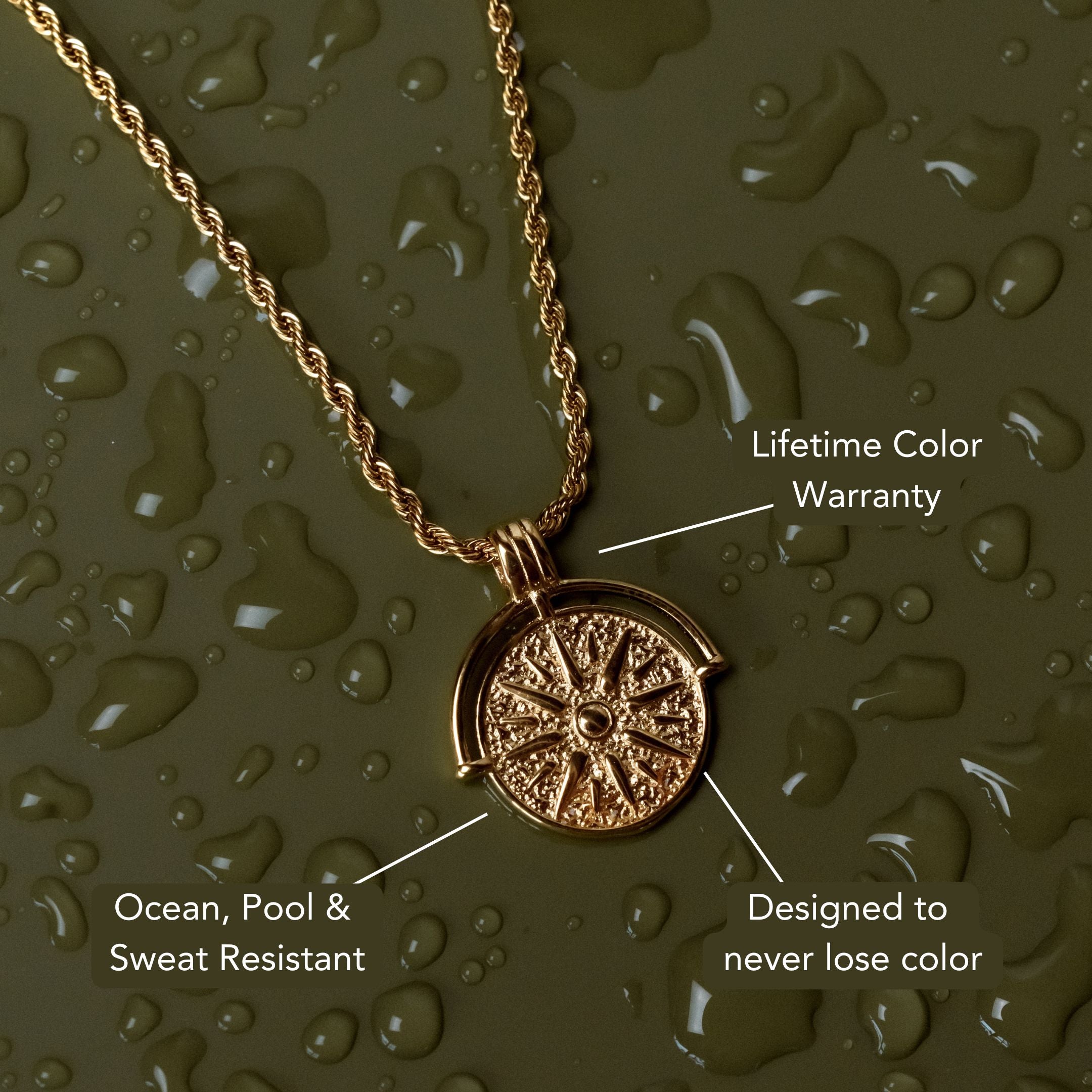






Leave a comment
This site is protected by hCaptcha and the hCaptcha Privacy Policy and Terms of Service apply.